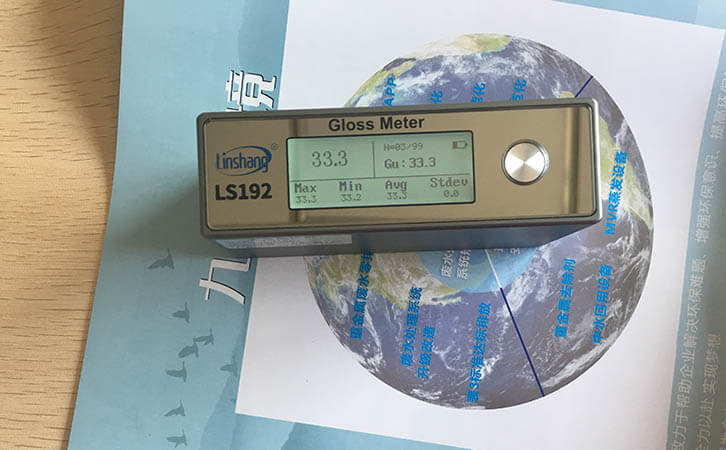What Properties of the Paper Affect the Paper Gloss?
1. The smoothness of the paper
After the ink is transferred from the blanket to the paper and before it is officially dried, it has a certain fluidity on the paper surface. When the ink and printing conditions are constant, the smoothness of the paper is high, the ink transfer is complete, the ink leveling is good, which is conducive to the formation of a uniform and smooth ink film. Therefore, to obtain a high-gloss printing effect, a paper with high smoothness should be selected.
2. Paper gloss
Whether it is a fast-drying ink or a slow-drying ink, the gloss of printed matter increases with the gloss of the paper itself. In actual printing, to print high-gloss printed matter, we generally choose to use glossy paper.
3. Paper's ink absorption and sizing degree
Good ink absorption. When more binder penetrates into the paper capillary and the proportion of binder in the ink film decreases. The surface of the ink film is more rough and uneven, which is not conducive to the formation of gloss.
If the coated paper does not have a sufficient amount of glue, despite the high degree of smoothness, countless dense pores still have a strong absorption of the ink binder. After coating or calendering or opalescent coating paper, some pores are closed by glue and processing, so that the gloss on the paper is better.
4. PH value of the paper
The PH value of the paper is slightly larger, which is conducive to the drying of the ink and the gloss of the print.
5. Gloss detection
An indispensable step after the gloss of paper prints is the gloss test. After the gloss of paper prints is processed in various ways, is the gloss acceptable? At this time, a gloss tester must be used. Linshang LS192 gloss tester is the best choice for measuring the gloss of printed paper. Whether it is a rough sketch paper or a smooth cover paper, one instrument can do it all. The LS192 gloss tester uses a 60-degree measurement angle. It is a general-purpose instrument with a large range of 0-1000GU. The instrument will calculate the maximum, minimum, average, mean square error and real-time values in real time. The smaller the difference, the more uniform the material surface.
Use Linshang Technology LS192 gloss tester. The specific use method is as follows:
(1) Remove the lens paper from the standard board and turn it on. The self-caibration takes 10S, the interface will display "OK" when the instrument pass self-calibration.
(2) Remove the base and place the measured object on the measuring port of the instrument. The instrument will display the measured value. Short press the power button to save the current value and return to 1 when the number of measurements reaches the number of counts. Each time you press the button, the instrument automatically counts the maximum, minimum, average and standard deviation values.
